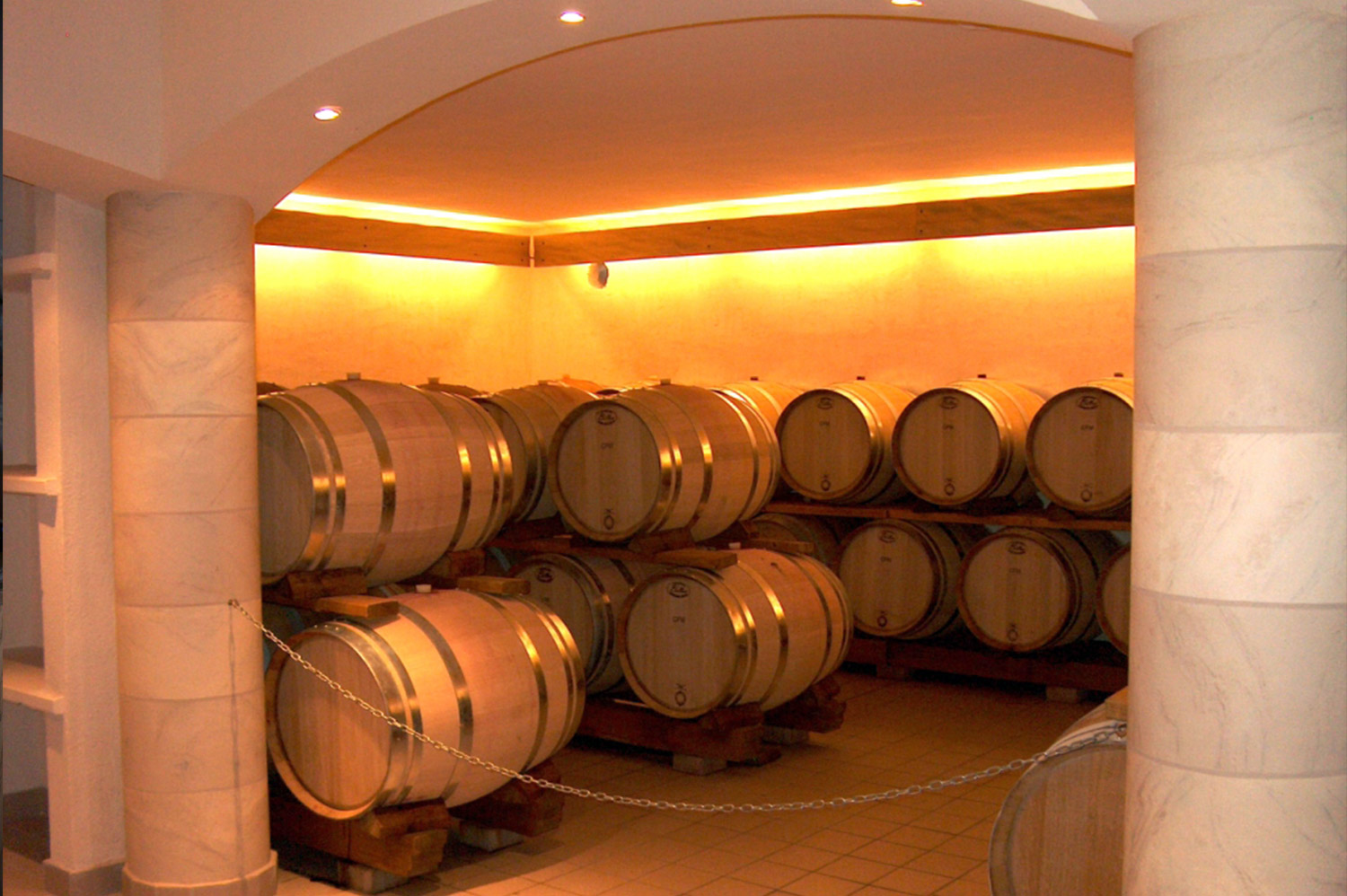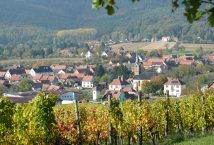An original winemaking entity
From a strong ancient origin, like the whole of the Alsatian vineyard, the existence of a vineyard in the region of Cléebourg is attested since the 8th century.
At that time, Cléebourg was part of the possessions of the Abbey of Wissembourg and, during the Middle Ages, the Benedictine monks will gradually raise the reputation of their wines that will be exported beyond our borders.
In 1504, the village became the property of the princely family of Deux-Ponts which made it a chief town of baillage, before integrating, a century later, the Swedish crown, because of the marriage of a member of the family Deux-Ponts with the heiress of the throne of Sweden.
A somewhat turbulent history that stabilizes in 1787 when the King of Sweden officially renounces the bailiwick of Cléebourg that he gives in to France …
An optimized vineyard
Until the Second World War, the Cléebourg vineyard was planted partly with hybrid cepages and had a very fragmented structure. Its replantation, which inaugurated a new qualitative situation, was an opportunity to proceed to a consolidation. The latter took place at the same time and the parcels least exposed were abandoned.
Thus restructured, the vineyard of Cléebourg renewed in depth with its winemaking vocation. Its overall grape variety, representative of the Alsatian vineyard and perfectly adapted to the requirements of its soil, gives pride of place to two grape varieties which find here conditions particularly favorable to their blossoming.
Auxerrois, first, an early cepage variety that blends perfectly with the climatic parameters of the region; the pinot gris, which is remarkably well expressed on these types of soils. These two cepages varieties represent 54.88% of the total cepage variety.
Découvrez les vins de cet adhérent









 Currently
Currently 